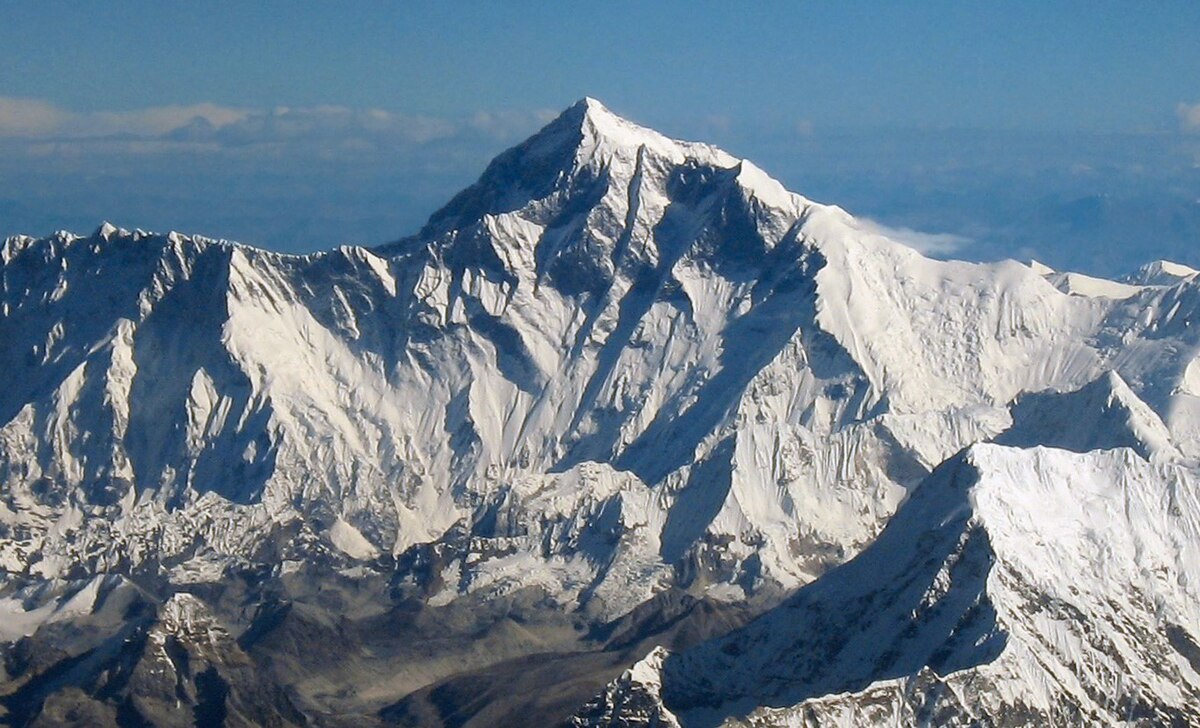Climbers typically ascend only part of Mount Everest’s elevation, as the mountain’s full elevation is measured from the geoid, which approximates sea level. The closest sea to Mount Everest’s summit is the Bay of Bengal, almost 700 km (430 mi) away. So to approximate a climb of the entire height of Mount Everest, one would need to start from this coastline, a feat accomplished by Tim Macartney-Snape’s team in 1990. Climbers usually begin their ascent from base camps above 5,000 m (16,404 ft).
It’s obvious once you think about it, but at what point would you consider it in daily life?



I never realized it before, but Mount Everest is a name straight out of a fantasy novel. Like a slightly more polite term for Mount Death. Pretty badass.
Funnily enough, the man it was named after was against calling it that. It came about because the Tibetans and Nepalis on either side of the mountain used different names for it (Qomolangma and Sagarmatha respectively), so British surveyors concluded that there was no accepted name to put on a map and they would simply give it a new one. In English. George Everest, the prior top British surveyor in India, objected on the grounds that his name couldn’t be written easily in Hindi, but the Royal Geographic Society ignored him and the used it anyway
plus his name was said to have been pronounced “ee-v’rest” instead of “ever-rest” as the mountain is called today.
I have heard the (Nepali-speaking) Nepalis didn’t even have a name for it at that point, and I have a feeling Qomolungma wasn’t known to the Brits, because the mountain was surveyed from far away at that point.
Incidentally, “Tibetans and Nepalis on either side of the mountain”- it’s Tibetans on both sides. On the Nepali side are the Tibetan group known as Sherpa, whence we get the term Sherpa for a Nepali/Tibetan mountain guide. Further south than the Sherpa people are ‘Nepali’ people by ethnicity. (And of course properly there’s a lot more than two ethnic groups in a cross section of Nepal!)
Ahh, thanks! My knowledge of the region isn’t great, I just remembered that story off hand - and of course, that’s the story as told by the British colonial administration too
Yeah, but you gotta admit, the name is pretty bad ass
It definitely is